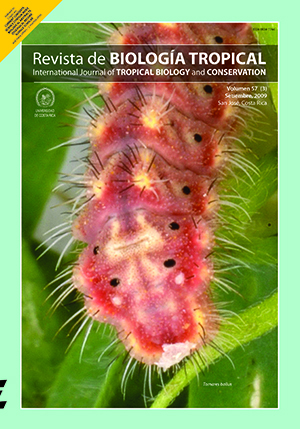Resumen
Agricultural and fisheries activities around the watershed of an African tropical reservoir (Oyun reservoir, Offa, Nigeria) were found to contribute significantly to water quality deterioration of the dam axis of the reservoir, leading to eutrophication of that part of the reservoir. This is evident from the high amount of nitrate (6.4 mg/l), phosphate (2.2 mg/l) and sulphate (16.9 mg/l) in the water body which was higher than most other reservoirs in Nigeria. These nutrients originate in fertilizer run-offs from nearby farmlands and were found in higher concentrations in the rainy season which is usually the peak of agricultural activities in the locality. The eutrophication was more pronounced on the dam axis because it is the point of greatest human contact where pressure and run-off of sediments were high. The eutrophication altered the food web cycle which consequently affected the fish species composition and abundance with the dominance of cichlids (planktivorous group) and decline of some species in the fish population. Best management practices (BMP) to control and reduce the eutrophication and improve water quality and fish assemblages should be adopted and adapted to suit the situation in the reservoir.##plugins.facebook.comentarios##

Esta obra está bajo una licencia internacional Creative Commons Atribución 4.0.
Derechos de autor 2009 Revista de Biología Tropical
Descargas
Los datos de descargas todavía no están disponibles.






